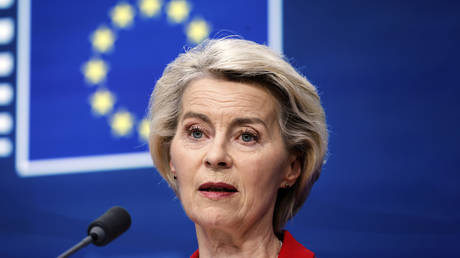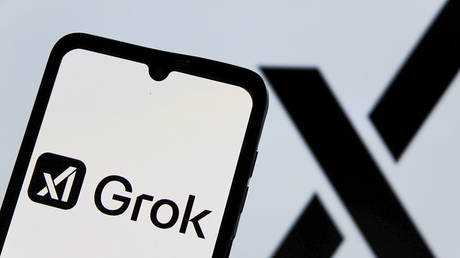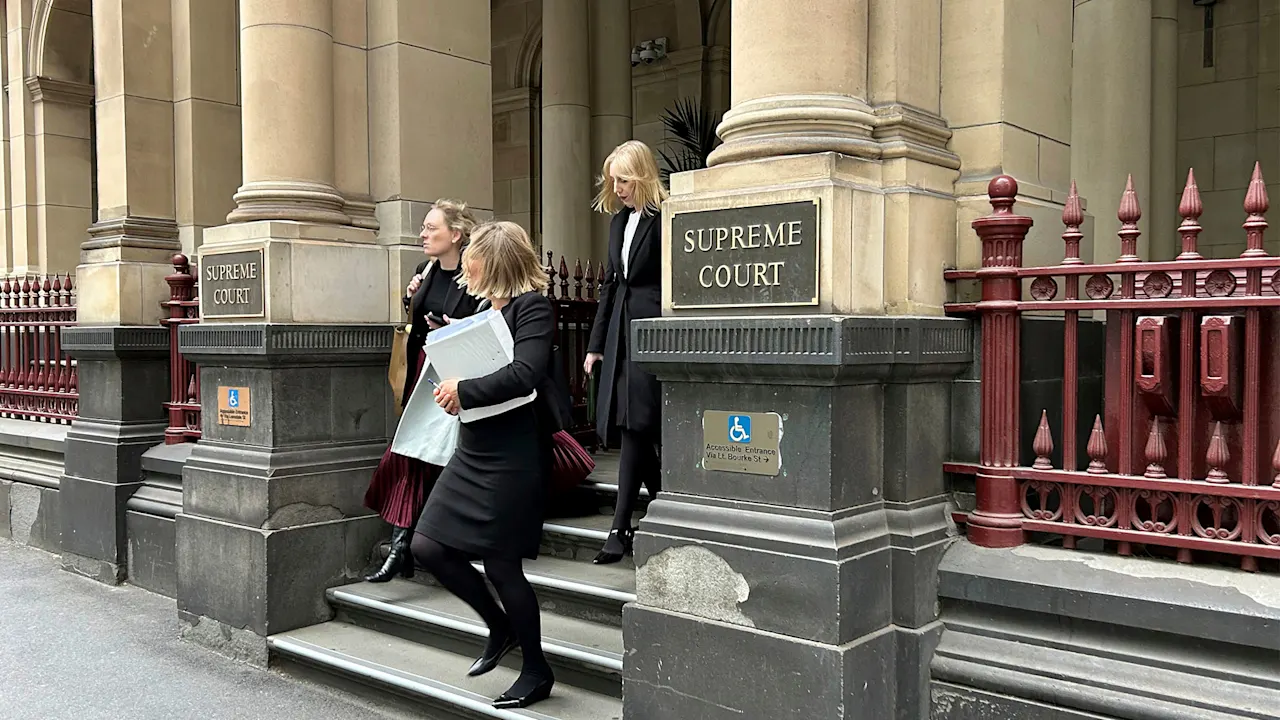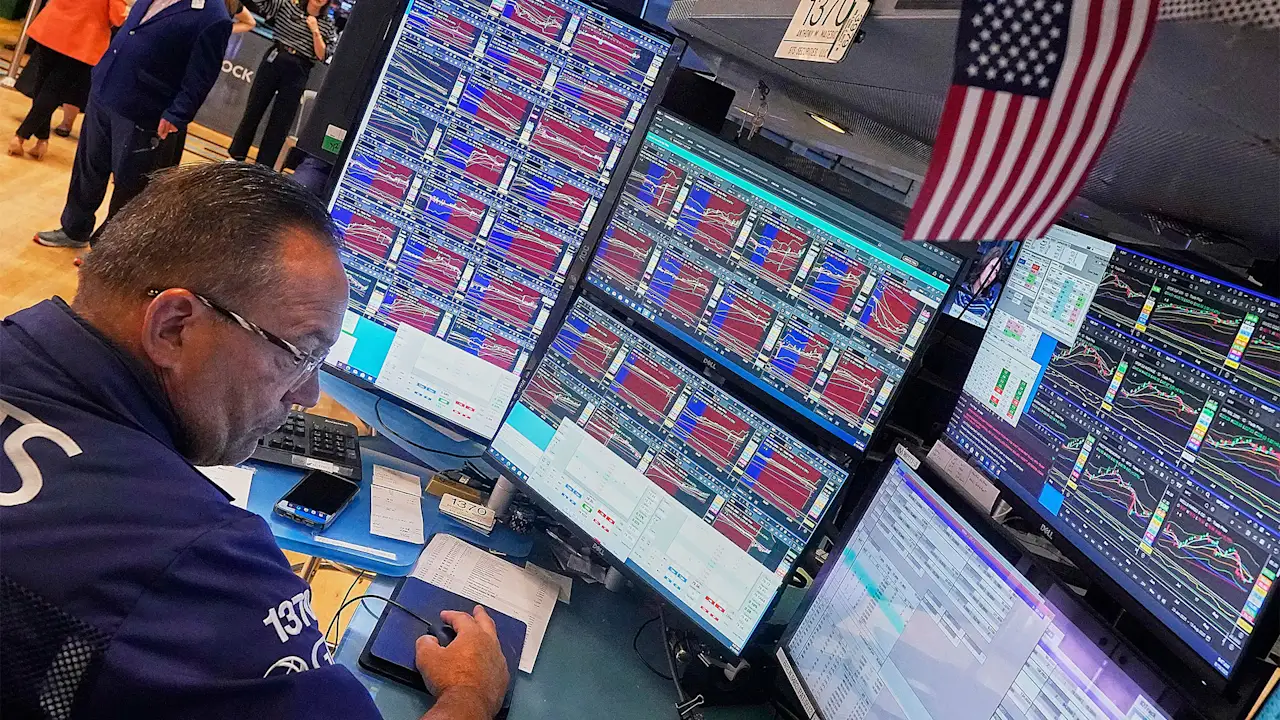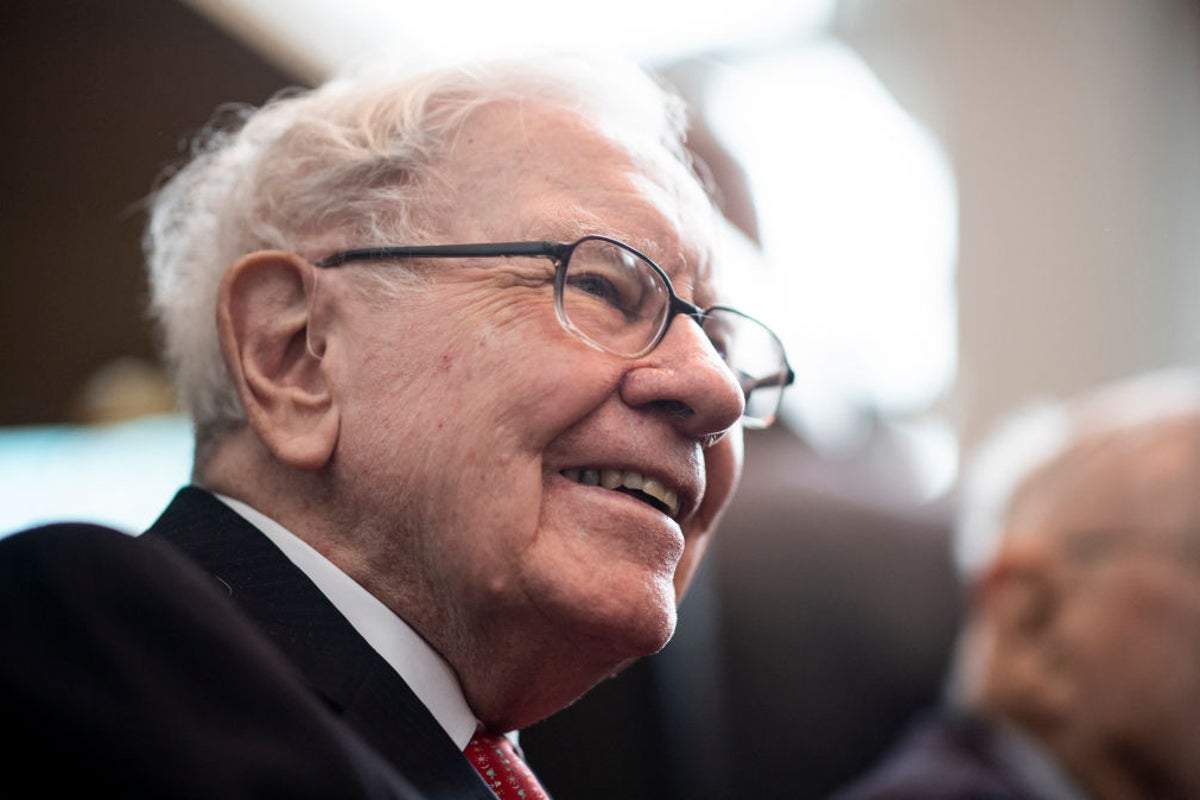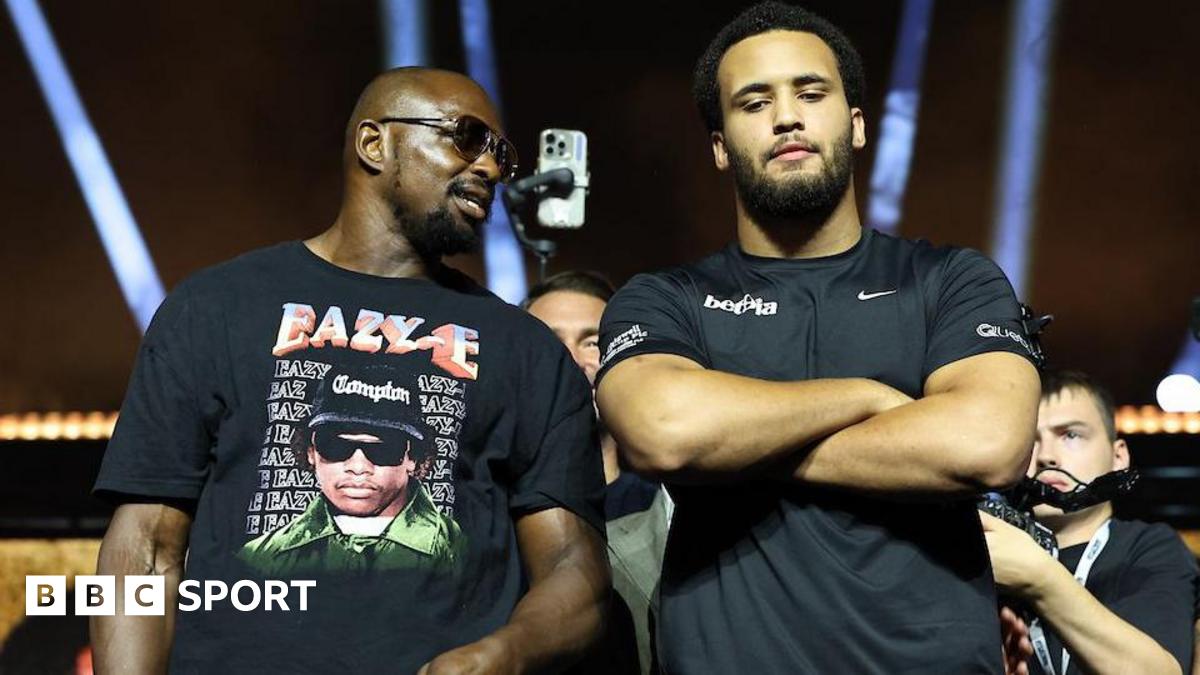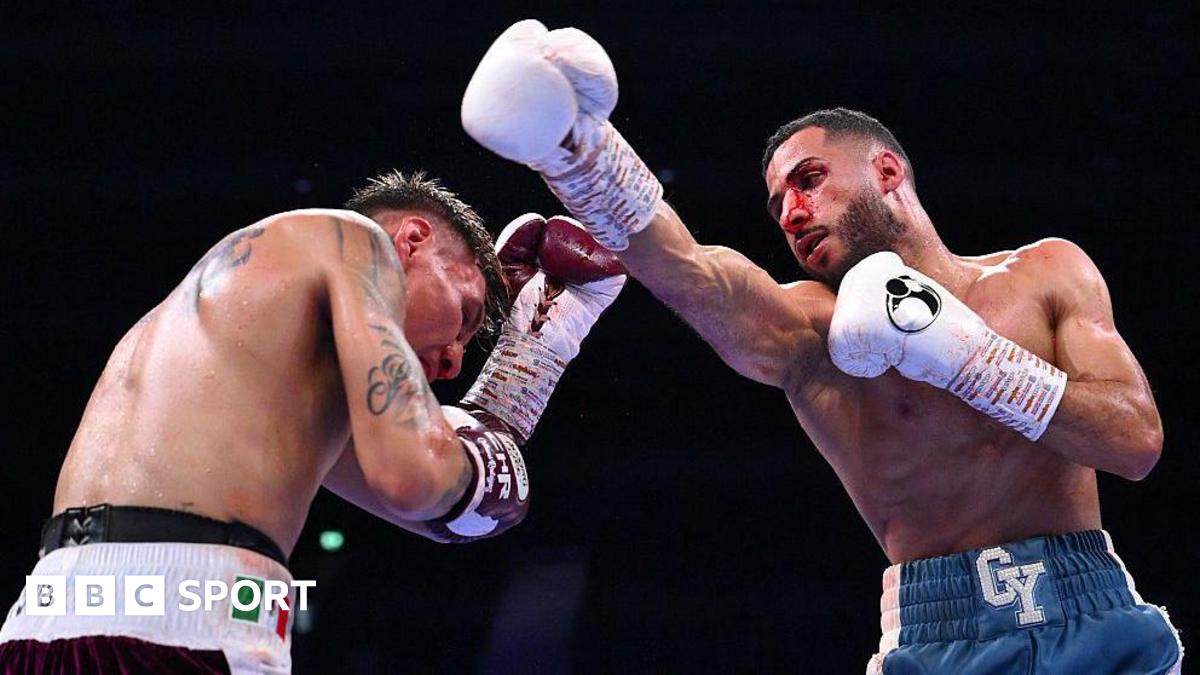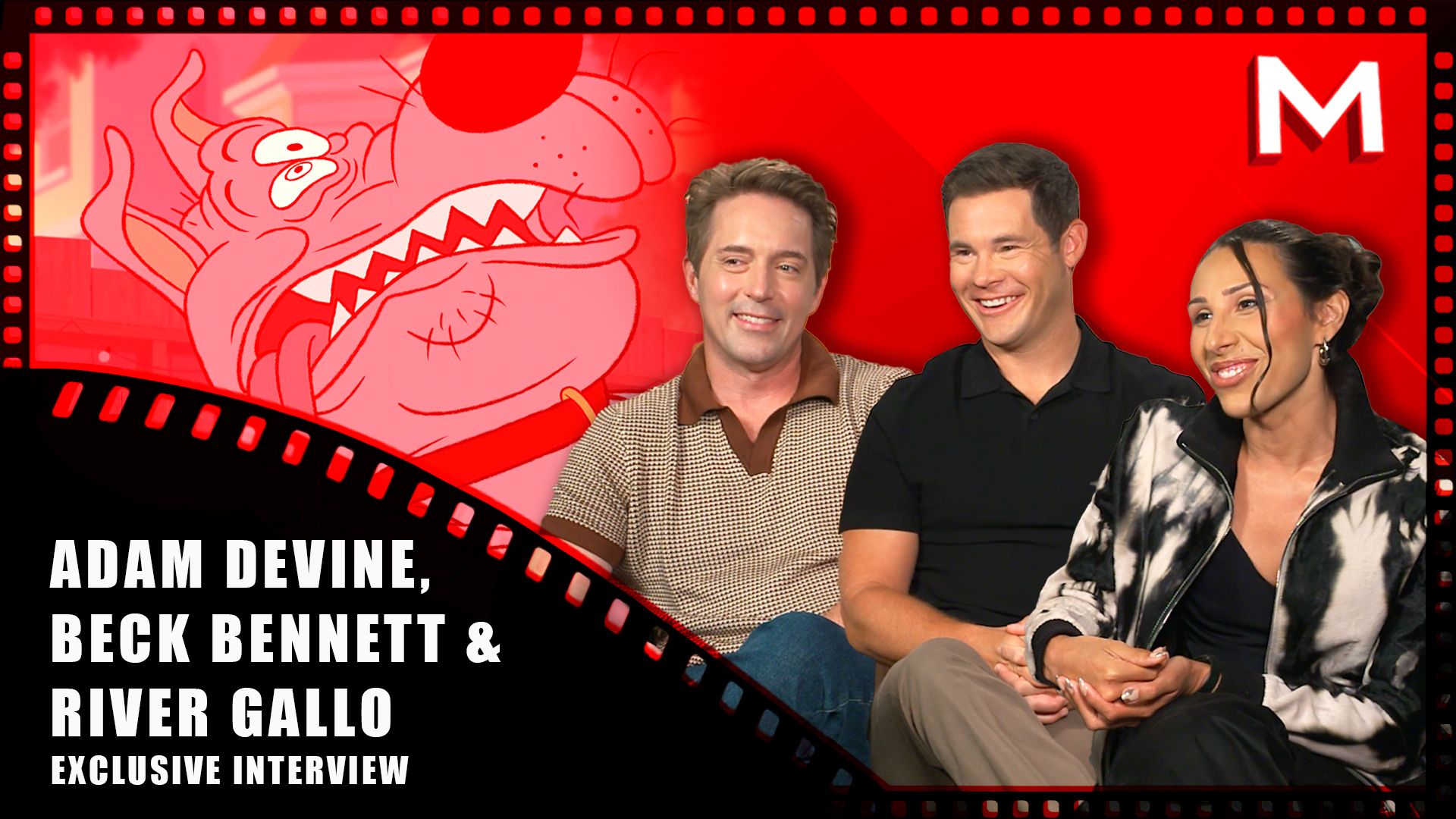Brand loyalty is fading. Here’s how to win it back
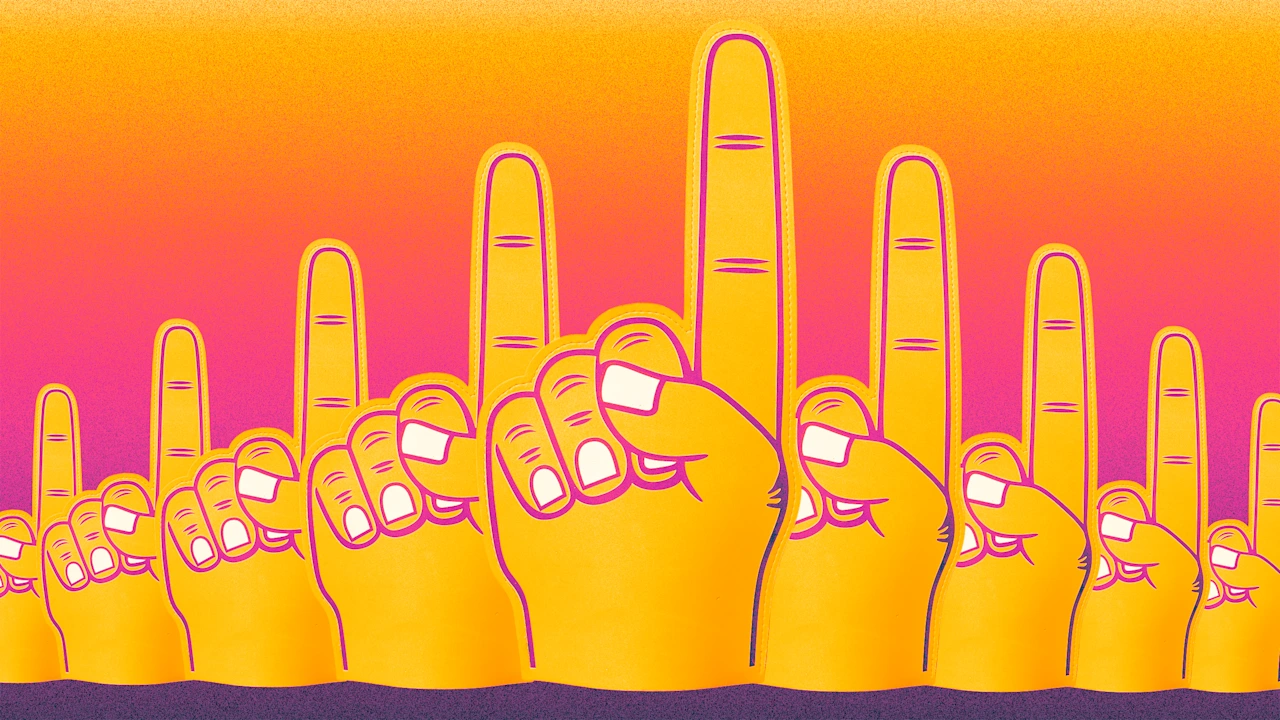
There’s a quiet unraveling happening in business. You feel it in the glassy eyes of employees. You see it in customers ghosting once-beloved brands. You hear it in leadership meetings when someone asks, “Why aren’t people sticking around?” and no one has a real answer.
The truth is that brand loyalty is fading. Not because people are distracted. Because they’re disillusioned. And no, a new logo won’t fix it.
The Belief Gap
There was a time, not long ago, when brand was a kind of secular faith. We believed in Nike, Apple, or Patagonia. These brands stood for something, or at least they made us feel like they did. They gave shape to aspiration. They helped us orient ourselves in a world that often felt chaotic. But faith, as theologians have long known, requires more than symbols. And trust, once broken, is a difficult thing to restore.
What used to bind us—customer to brand, employee to company—is fraying. Not because people are fickle, but because brands became false idols. The modern brand machine promised meaning and delivered margin. They said “people first,” but meant “until the next earnings call.”
Today’s consumers are savvier, and employees are more vocal. Neither will tolerate brands that say one thing and do another. They’re not impressed by slogans. They want to know what your company actually stands for—and if your actions align with that claim.
They’re asking, Do I see myself in this? Do I trust this? Does this matter to me? And if the answer is no, they’re gone.
The Quiet Collapse of Brand Meaning
According to McKinsey, three out of four consumers have changed brands in the past two years. Meanwhile, research from MIT Sloan reveals that toxic culture—not pay—is the number-one predictor of employee attrition. It’s not just bad bosses or weak onboarding. It’s something deeper: a breach of belief.
The breach happens quietly. The brand deck claims “innovation,” but inside, risk is punished. The values on the wall say “people first,” but layoffs come before leadership cuts. The company celebrates diversity in its marketing while sidelining it in its hiring practices.
People notice. And once they do, no creative or bold rebrand can undo it. This isn’t a customer service issue or an HR problem. It’s a crisis of meaning.
Brands Built for Yesterday Can’t Survive Tomorrow
For decades, brand loyalty followed a predictable pattern: identify a target audience, claim a point of view, build a story, develop an identity, and launch. Then, pour money into media and hope the message sticks. Meanwhile, culture, what it feels like to actually work there, was a separate track, typically owned by HR, reduced to perks and performance reviews.
In an era where every employee has a microphone and every customer has a camera, the gap between what a company says and how it behaves is visible. It’s searchable. It’s shareable. The line between internal and external is invisible.
The pandemic, political polarization, economic volatility, and a new generation of employees and customers have shifted the calculus. Today, people don’t just want good products or clever taglines; they also want meaningful experiences. And when the story you tell the market doesn’t match the one your team lives every day, brand loyalty dissolves.
The Brands That Still Have Devotion? They’ve Earned It.
Trader Joe’s, for all its cult-favorite snacks, has never been about product alone. It’s about people. The staff doesn’t feel like they’re trapped in a fluorescent prison. They’re trusted, empowered, often joyful. That energy transfers. The experience feels human. It makes loyalty feel easy.
Costco didn’t build its billion-dollar business by playing it safe. It pays better wages than nearly anyone else in retail. Its benefits rival some tech companies. It knows that loyalty at scale starts with respect, not perks.
And then there’s Chobani. Its founder, Hamdi Ulukaya, didn’t just democratize Greek yogurt. He redefined what it means to lead with conscience, giving refugees jobs and equity, turning profit into purpose without ever preaching about it. The brand’s moral backbone is the brand.
None of these brands engineered loyalty. They didn’t split-test their way into affection. They simply aligned what they stood for with how they behaved.
The Old Brand Playbook? Burn It.
You know the one:
- Identify your audience (our audience is . . . everyone!).
- Conduct market research regarding their preferences, values, and unmet needs, (probably just a hunch, it’s gotta be a millennial).
- Stake out a position (throw in a cheesy tagline for good measure).
- Develop your brand story (two people found an alpaca farm, cut out the middle man, and brought you a better poncho).
- Develop your visuals (fingers crossed this looks good for as cheaply as possible).
- Throw lots of money at marketing (nothing like wasting a lot of money to market a bad brand!).
This formula used to work when people asked fewer questions. But today, a brand that only looks good is a brand that’s already behind. Today, you can’t brand your way out of a broken culture. You can’t market your way past mistrust. You can’t buy loyalty with a new logo and some values in a pitch deck.
Rebuilding Loyalty Is a Leadership Mandate
This is no longer a task for the marketing department. Brand loyalty has become a test of leadership and vision. Rebuilding loyalty isn’t about going louder; it’s about going deeper. It starts with asking better questions—and being willing to sit with the answers. Ask your employees:
- What do we stand for, from your perspective?
- What do we ignore that truly matters?
- What would make you proud to work here?
Ask your customers:
- What values should this company embody?
- Where are we falling short?
- What would make you proud to buy from us?
- What change would make you stay?
These are not marketing questions. They are questions of identity. What you’ll find in those answers is not just sentiment, but structure, and a blueprint for rebuilding not just brand loyalty, but brand integrity.
Loyalty Isn’t Gone. But It’s No Longer Passive.
Let’s stop pretending people are loyal to colors, fonts, or discounts. They’re loyal to how your company makes them feel, to whether they believe you’re worth their time, attention, and energy. The good news? Loyalty is still possible. It’s just more discerning.
The brands that will win in this new era won’t be the noisiest. They’ll be the clearest. The ones who know exactly who they’re customer is and they’ll run through brick walls to keep them.
People aren’t loyal to campaigns. They’re loyal to conviction. So don’t just try to win loyalty back. Build something bigger: belief.
What's Your Reaction?
 Like
0
Like
0
 Dislike
0
Dislike
0
 Love
0
Love
0
 Funny
0
Funny
0
 Angry
0
Angry
0
 Sad
0
Sad
0
 Wow
0
Wow
0
